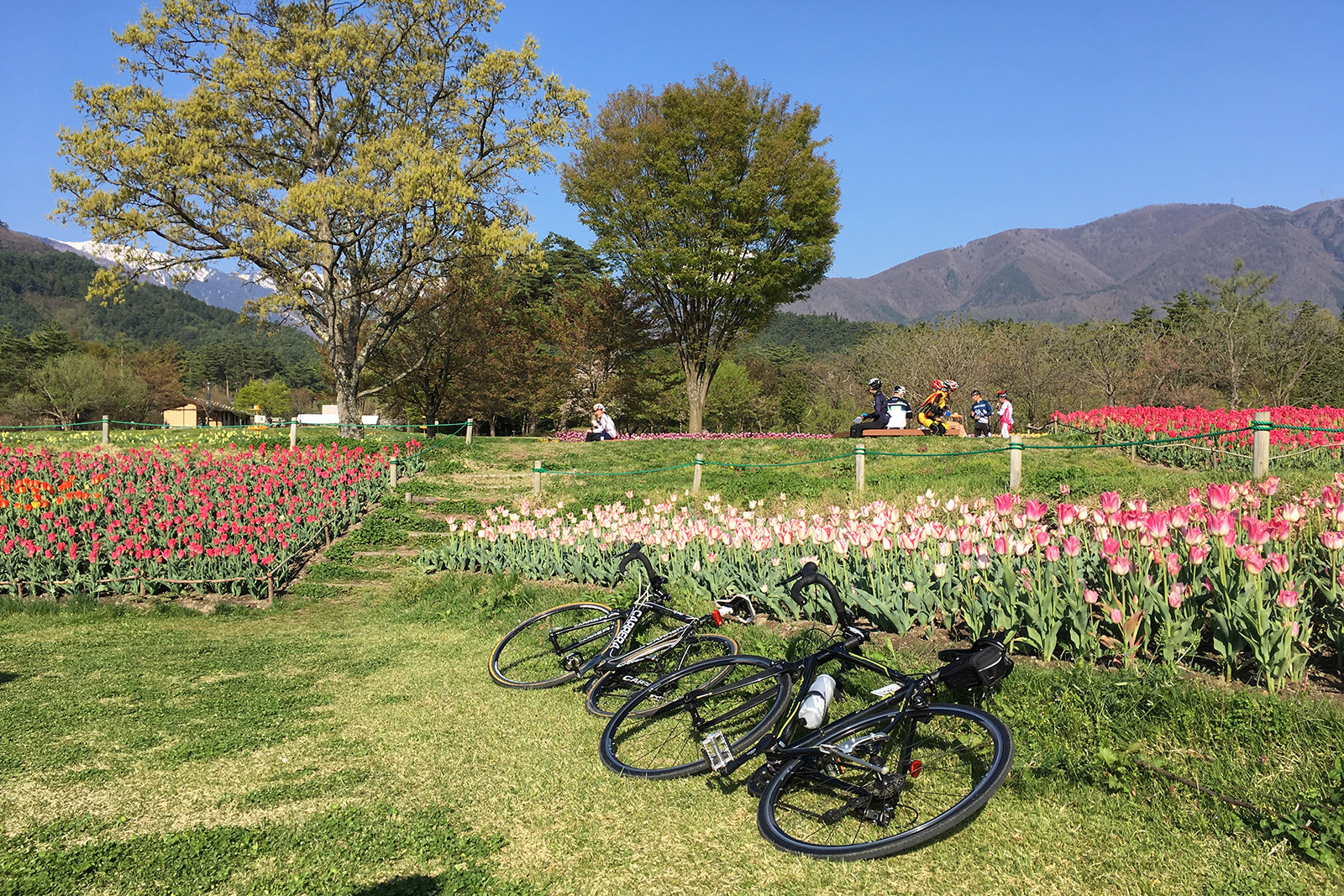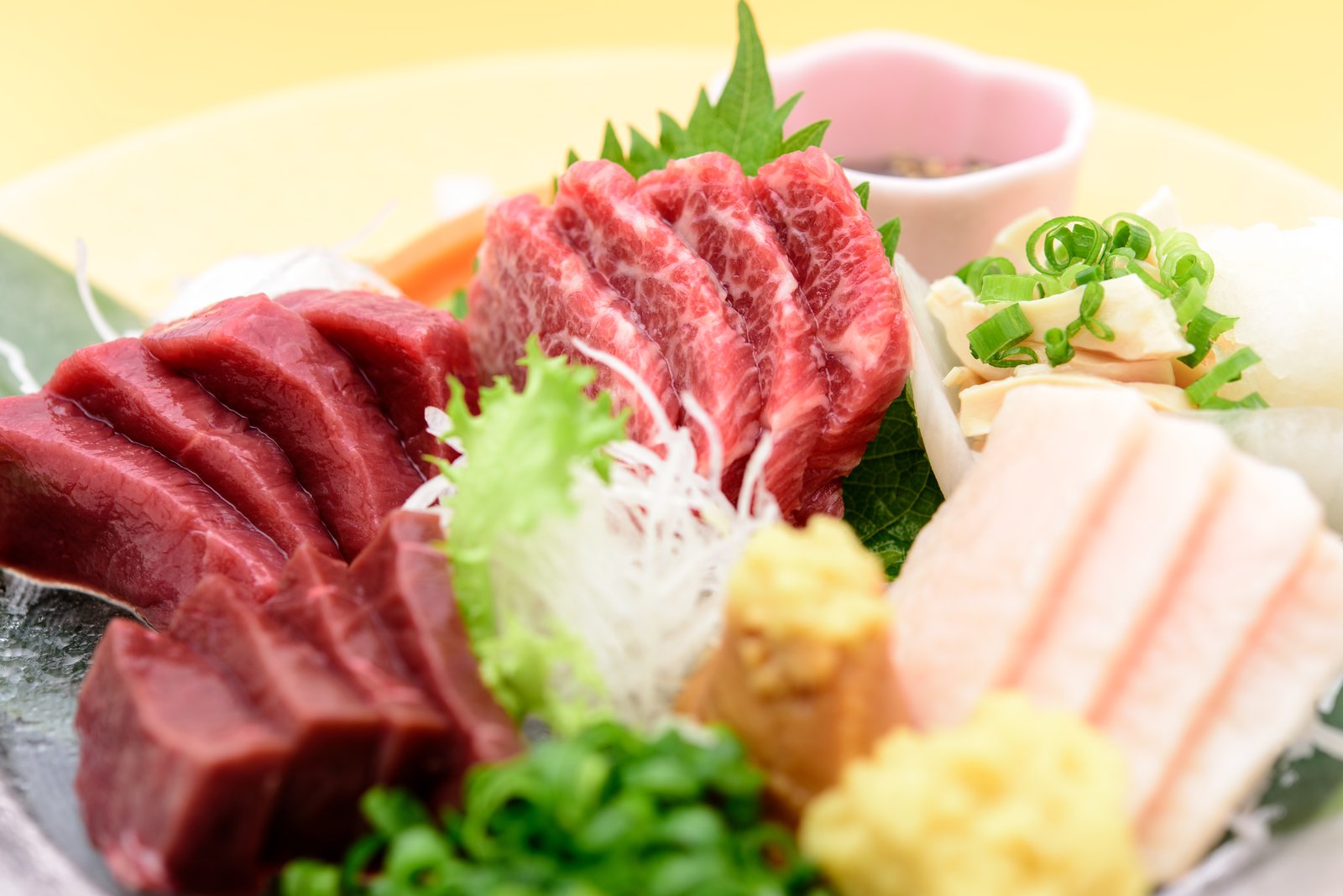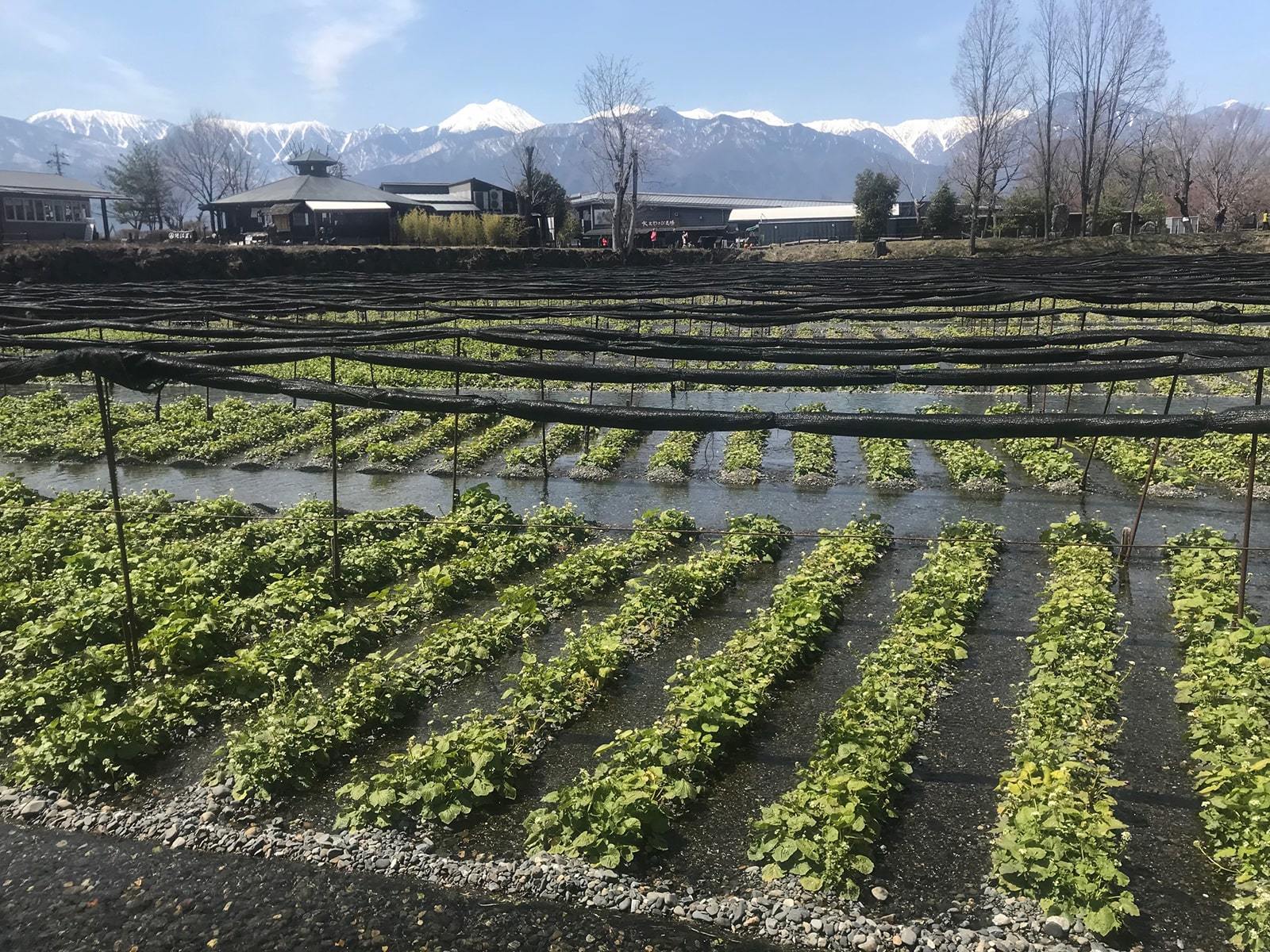
One of the best reasons to head out of the big cities and into the Japanese countryside is the abundance of beautiful natural scenery to be enjoyed there, and one of the most popular areas to do this is the North Alps. There, if you head to the city of Azumino (which, frankly doesn’t look or feel like a city at all), you’ll find one of the most beautiful and charming natural settings you will ever see: The Daio Wasabi Farm.
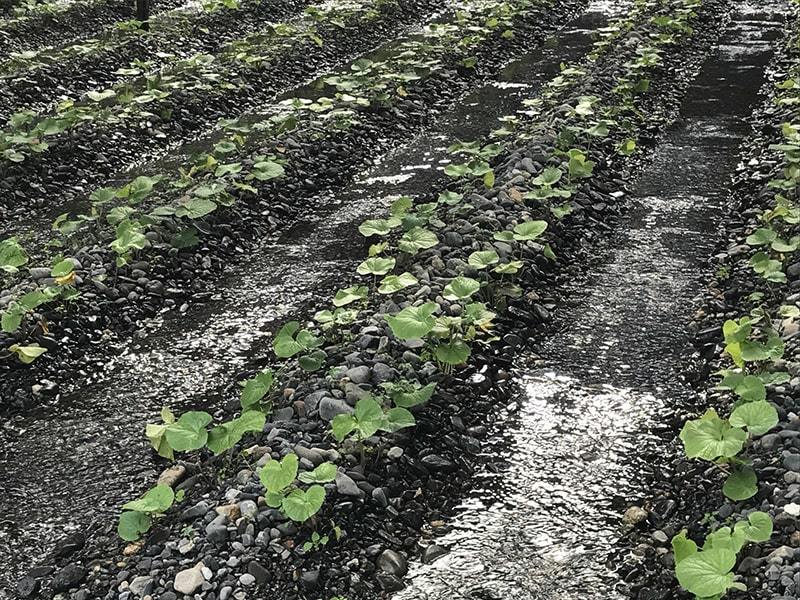
At over 15 hectares, it is the largest wasabi farm in Japan, and is a popular tourist destination because of just how beautiful it is. First begun in 1915, the farm features a number of large, lush, green wasabi fields interlaced with small streams of cool, clean water from the nearby Japanese Alps. Although the farm was originally just that, the popularity it has gained from visitors led the owners to develop it for tourism, while still maintaining its status as the largest single producer of wasabi in the country. A network of walking paths crisscross the farm, taking the visitor from one pretty view to the next.
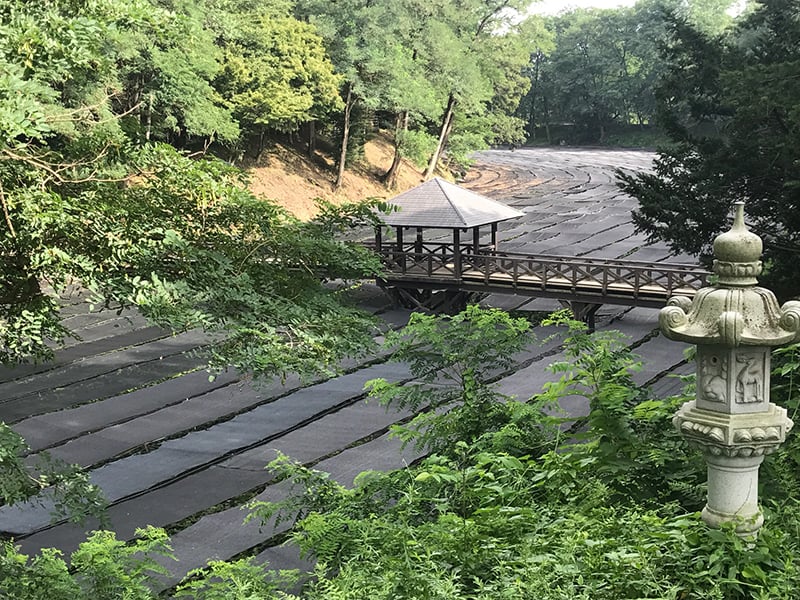
Perhaps the biggest attractions of the farm are the three watermills lining the larger river on the southwest side of the farm. These mills were added for the filming of the “Village of the Watermills” segment of Akira Kurosawa’s 1990 film Dreams, and were left in place ever since. From late April to mid-October, visitors can enjoy 20-minute boat tours on the river in the area of the watermills. Visitors enjoy the views from inflatable rafts piloted by experienced guides.
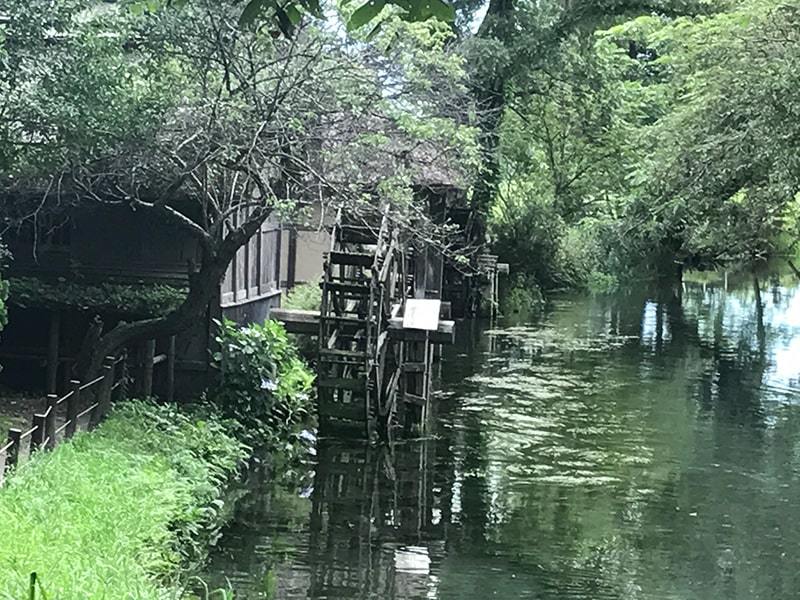
Other areas of the farm include a teahouse once visited by the Heisei Emperor in 1976 when he was the Crown Prince, the Daio Shrine, a Shinto shrine where the spirit of Hachiman Daio, the namesake and protector of the farm, is said to be enshrined, and a recreation of the Daio Cave, an underground cavern related to the legend of Hachiman Daio. If you time your visit right, in April you can see the farm’s numerous cherry trees in full bloom, and in autumn, the changing colors of the leaves is a delightful sight to see. From May to October, the wasabi fields themselves are protected from the sunlight by black tarps, but these tarps are suspended high enough above that you can still observe the wasabi plants from the level of the paths.
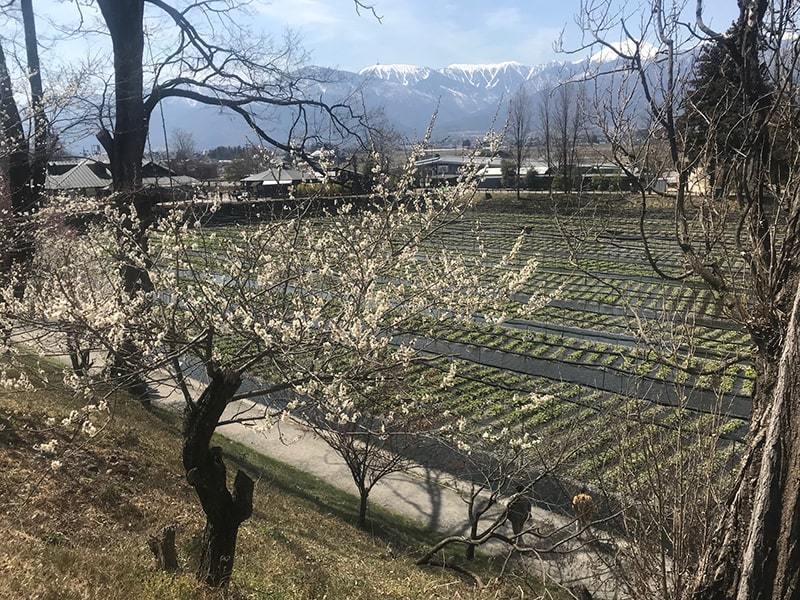
For those interested in souvenirs or getting a bite to eat, the farm offers several gift shops and a restaurant, all featuring a variety of wasabi-related products and dishes. You will be surprised by the many kinds of creative uses for wasabi that can be found here, including wasabi soba, wasabi tempura, wasabi beer(!), and wasabi sausages. A food court near the watermills offers wasabi-flavored soft-serve ice cream and wasabi croquettes.
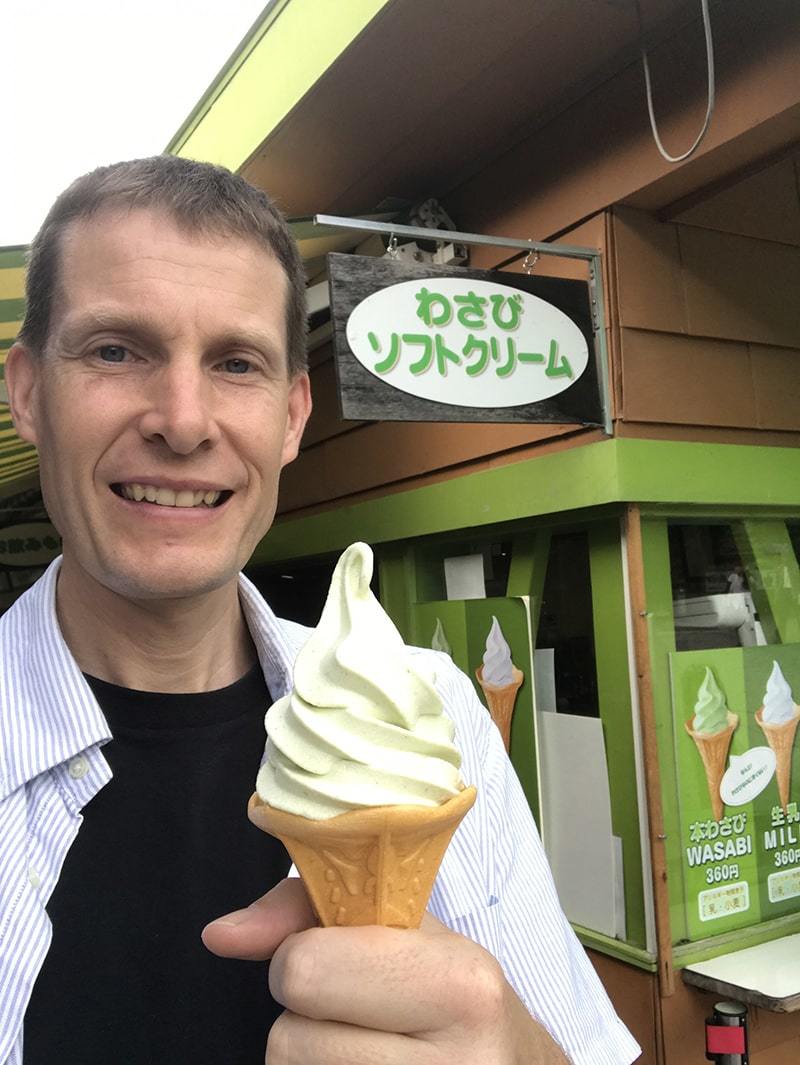
For visitors interested in learning about cooking with wasabi, the farm offers lessons (in Japanese) in which you learn to make your own wasabi dishes and you can take some of it home with you. Admission to the farm is free to the public, but boat tours cost 900-1800 yen, depending on the duration of the tour.

